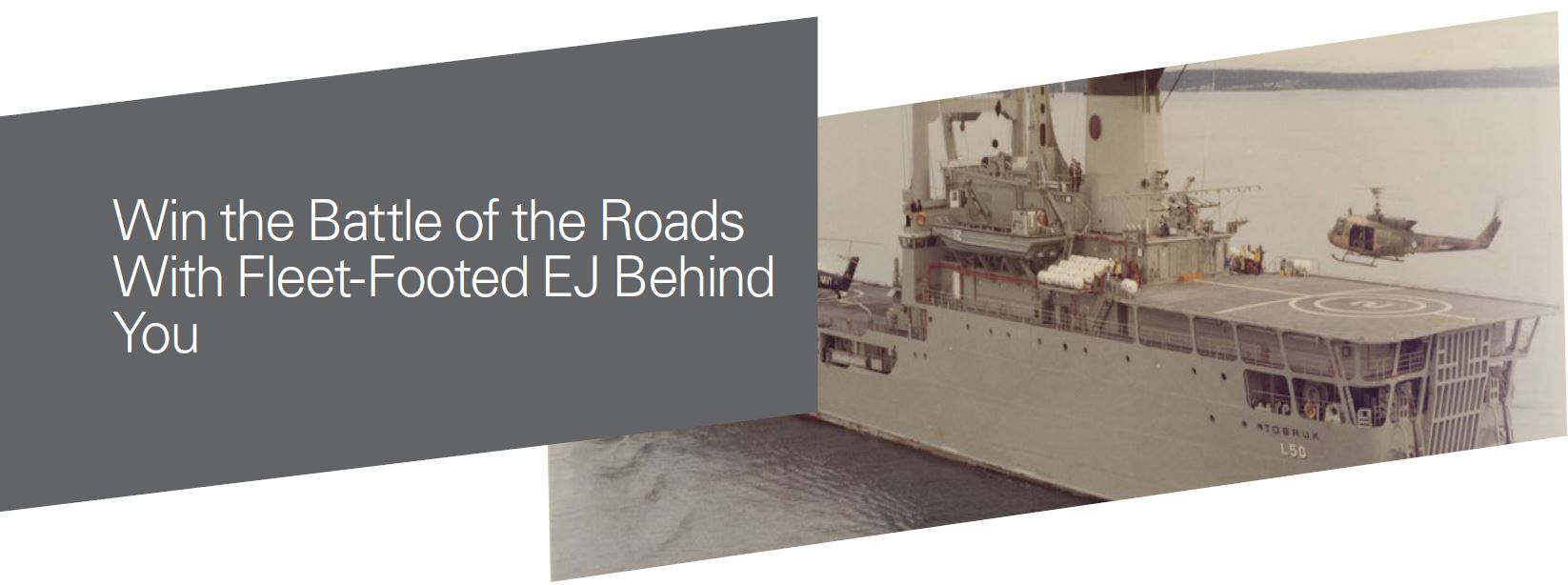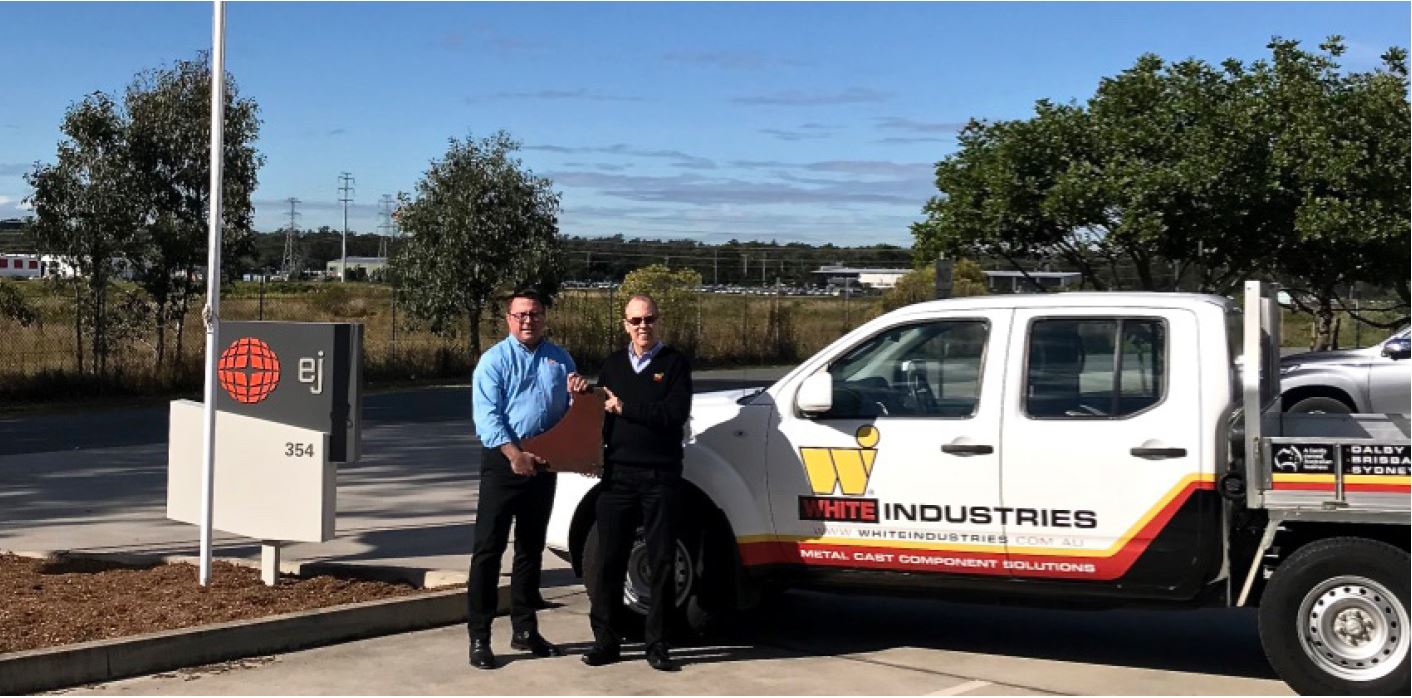Win the Battle of the Roads with Fleet-Footed EJ Behind You

A Veteran Returns to the Front Line
A Veteran Returns to the Front Line
There’s something sentimental and heart-warming about a warship that writes its own legend during its commission, serving the country it defends. HMAS Tobruk (II) which was launched in March 1980 and commissioned in 1981, was a multi-purpose, roll-on/ roll-off heavy lift ship capable of transporting soldiers, APCs, and tanks, and delivering them to shore via landing craft or directly by beaching. She has become a household name and in early July was de-commissioned, with salvageable metal parts being carefully removed, and then with appropriate pomp and circumstance, laid to rest, to serve Australia once more - retrun to the front line - this time as a diving reef off the
coast of Queensland, specifically in Hervey Bay.
"There should be a medal for this metal. To be able to recycle it and bring it back into service in a new combative role like an access cover, says it all about the quality". Simon Bottomley, General Manager, EJ in Asia Pacific Region
A Precision Operation
 The veteran ship’s scuttling occurred in waters around 28 metres deep, and hence, many of the over-height structures including the exhaust stack, the mast and the Valley Derrick crane, needed to be reduced in height. The crane was a sturdy structure and had a Safe Working Load of 80 tonnes and therefore had solid, heavy sections ideal as raw material melting scrap for Whites Industries, a long-standing, reputable foundry in Dalby on the southern downs of Queensland. As no cranes could access the ship, each piece was cut to size and brought down by hand. The heavy steel was lowered into the tank deck of ex-HMAS Tobruk and loaded into forklift-able containers. The containers were then landed by barge and loaded onto White Industries’ truck for transport to Dalby.
The veteran ship’s scuttling occurred in waters around 28 metres deep, and hence, many of the over-height structures including the exhaust stack, the mast and the Valley Derrick crane, needed to be reduced in height. The crane was a sturdy structure and had a Safe Working Load of 80 tonnes and therefore had solid, heavy sections ideal as raw material melting scrap for Whites Industries, a long-standing, reputable foundry in Dalby on the southern downs of Queensland. As no cranes could access the ship, each piece was cut to size and brought down by hand. The heavy steel was lowered into the tank deck of ex-HMAS Tobruk and loaded into forklift-able containers. The containers were then landed by barge and loaded onto White Industries’ truck for transport to Dalby.
The Return to Service
The salvaged metal is now being recycled into infrastructure products to play yet another role in serving its country. Essentially, they will be re-cast into new access (manhole) covers, servicing the Australian civil and construction industries and therefore, all Australians. First orders are for Telstra’s new infrastructure covers.
The fact that these parts are being recycled says something of the quality of the steel originally used in creating them; able to withstand decades of exposure to the harshest, salty, ocean-borne elements. And now that EJ will be recycling them into access covers is a salute to the high quality raw material that EJ products demands for its products. Nothing but the best.
Telstra’s access covers are of necessity, built from the hardiest steel and iron to tolerate constant pedestrain traffic but so precision engineered, that they maintain their ease of accessibility after years of service. They’re built to weather the storms and industrial-strength pounding out there on the footpaths and at the same time, acting as defender of the invaluable infrastructure below.
The proud legacy of ex-HMAS Tobruk (II) is now an integral part of the EJ story. Next time you think about your need for access covers, those that will gallantly hold out in the toughest road battles, touch base with your allied force at EJ.
Client:
Telstra
Location:
Australia Wide
Products:
Ductile Cast Iron Access Covers
Telstra Covers, Frames & Cross Bars

